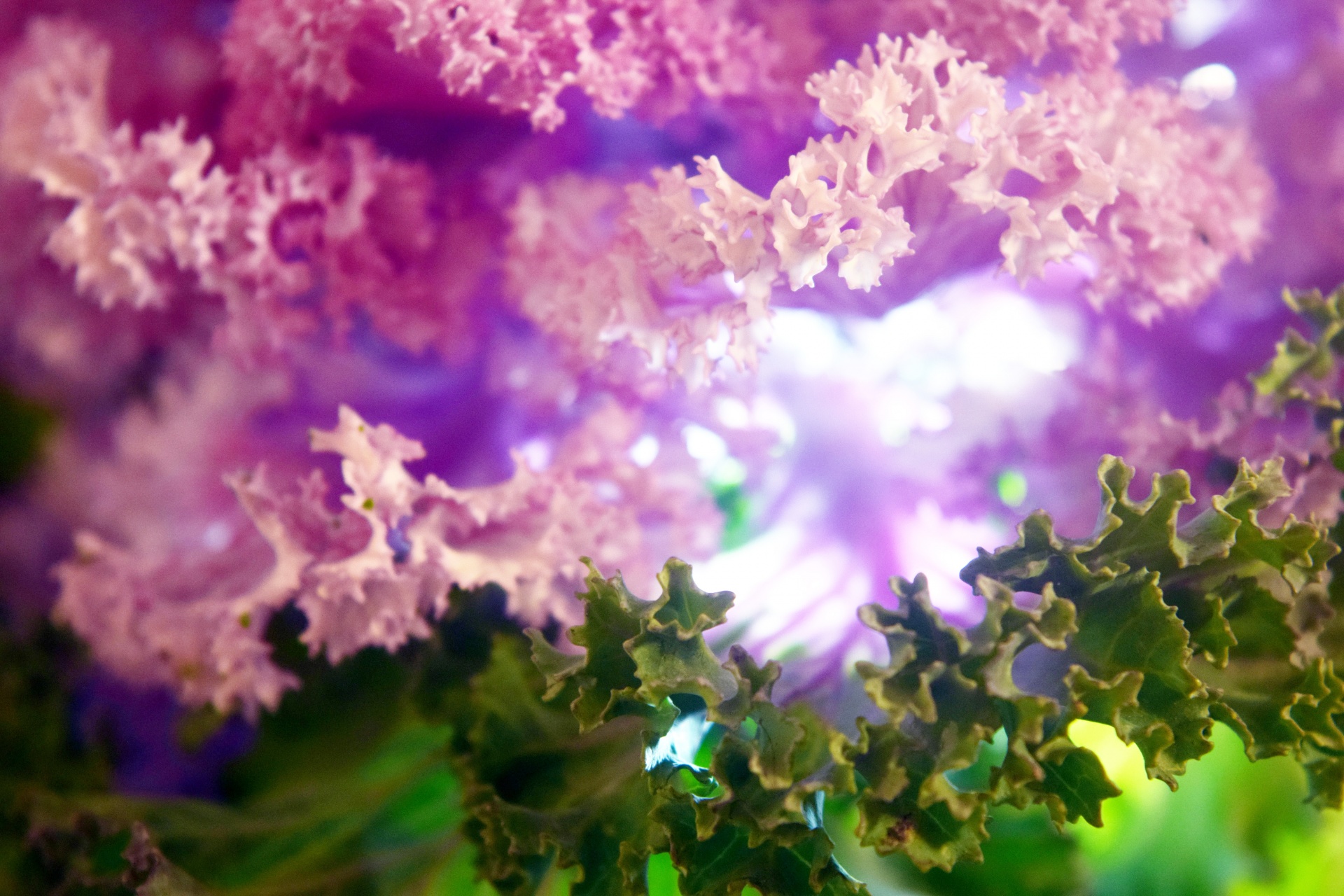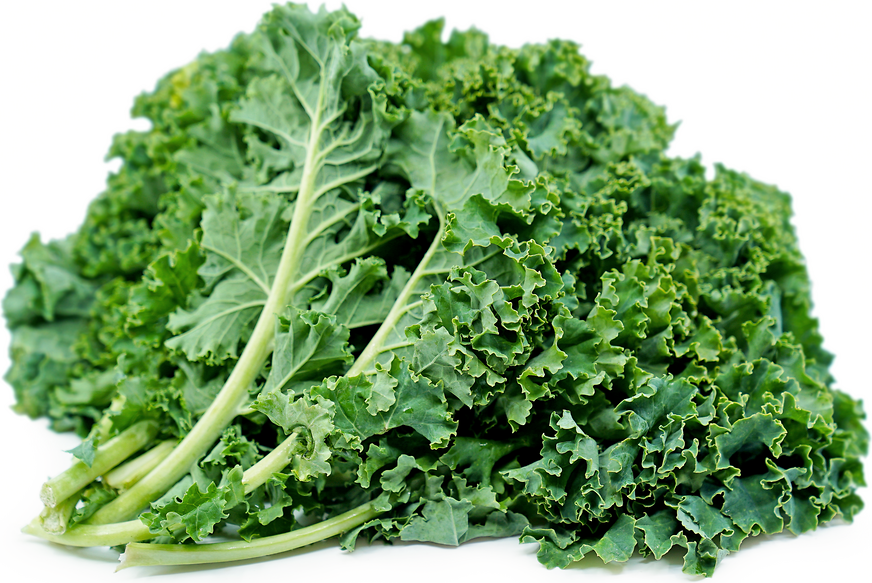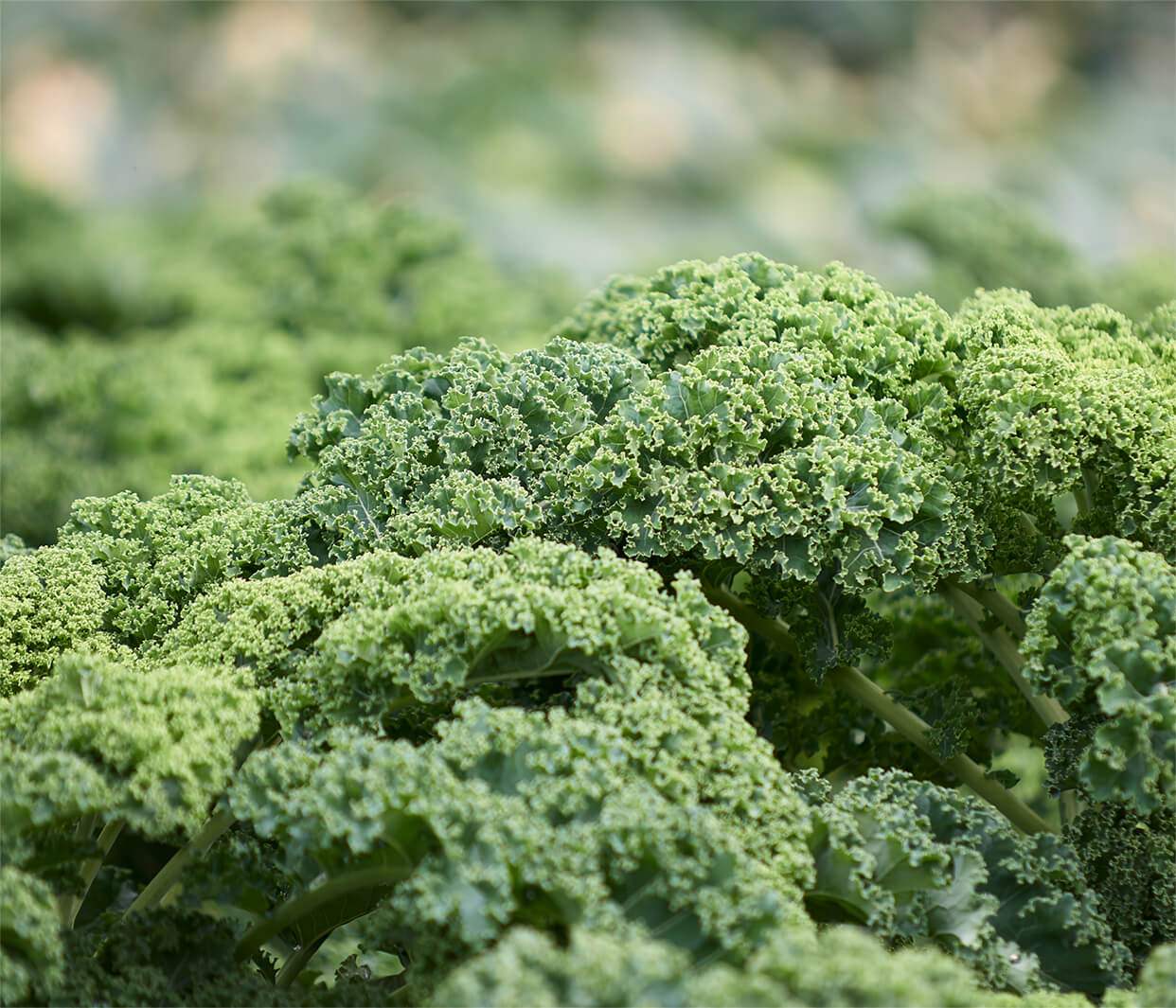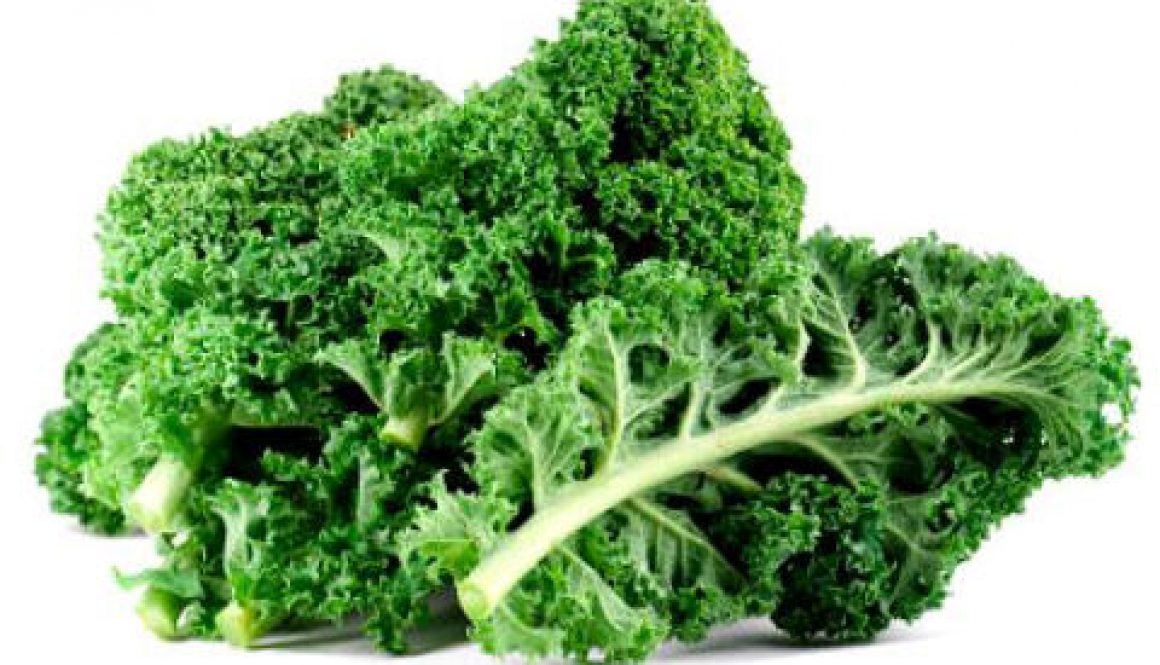
Blue Kale Bryson Farms
Kale Lawn care and Landscaping Servicing in Charlotte, Ballantyne, Pineville, Marvin, Indian Land, Weddington, Fort Mill, Piper Glenn, Providence and more. 704-258-8023 [email protected]

Kale 12 Free Stock Photo Public Domain Pictures
SPOTLIGHT A leafy vegetable considered by some to look too healthy and green to taste good, kale has won converts all over the world. Here in Hawaii, kale is now grown by a number of local farmers including MA'O Organic Farms, a non-profit certified organic farm in the heart of Waianae Valley.

FileKaleBundle.jpg
Add your choice of seasonings: salt, pepper, garlic powder, curry powder, cumin powder, chili powder, onion powder, smoked paprika or nutritional yeast. Then spread the kale on baking sheets and pop them in the oven for 10 minutes. After this time, flip the chips over and continue to bake for 7-15 minutes longer.

Red Kale. Kale. Kale Growing in a Garden Stock Image Image of nutrition, organic 47233333
Four Main Types of Kale. The Brassicaceae, or Cole Crop family, is a medley of mix-and-matched cabbage cousins including kale, bok choy, collards, brussel sprouts, cauliflower, broccoli, mustards, and beyond. Kale in particular originated as a wild mustard-like cabbage plant native to the Mediterranean.

Sautéed kale with garlic (Easy side dish) Cadry's Kitchen
Like curly and lacinato kale, this type works well in most stews and soups, like bean soup, or you can put some of the leaves in a salad. Redbord kale leaves taste even better when you gently massage the leaves with olive oil. 7. Siberian Kale. Siberian kale is a type of kale that grows enormous leaves.

Culinary Physics How to Make Portuguese Kale Soup Anthony Bourdain Cookbook Recipes
By Becky Searle published April 24, 2022 Kale companion planting, or specific plants that when grown next to kale, improve its growth and are a powerful way to deter pests and get better harvests of kale . Kale is a firm favorite among gardeners and allotment holders alike.

Kale 6 Reasons Why You Need Kale AlrightNow
Kale is a dark-green leafy vegetable that can be grown during the winter months in Florida. It's often referred to as a "superfood" because it's rich in iron, calcium, and vitamins A, C, and K. Characteristics Kale has one of the sweetest flavors of all the leafy greens, making it a popular vegetable to grow.

Kale Information, Recipes and Facts
Kale grows well in a temperature range from 35 to 75 degrees, but is happiest between 60 to 70°F. It is generally considered a 'cool season crop', like its fellow members of the brassica plant family, such as cabbage, cauliflower, and broccoli. In most locations, kale has two distinct growing seasons: spring and fall.

Kale Nutrition Facts Nutrition Label Benefits of Kale
While "teenager" isn't a scientific term, it perfectly describes the limbo land between kale seedlings and mature kale plants. Plants in this phase will either be in cell trays or newly transplanted in the garden. If you purchase kale starts from the store, they are typically entering the teenager phase. These kale plants are 4-8" tall.

Kale 9 Free Stock Photo Public Domain Pictures
Kale ( Brassica oleracea) is essentially a form of cabbage that doesn't have the tightly formed head associated with most cabbages, and it's grouped in the cooking greens category with collards, mustard, and Swiss chard. Kale plants can be quite ornamental, with textured and curly leaves that come in shades of green, purple, and other colors.

Kale Growing in a Land, Field, or Garden Stock Image Image of land, gardening 50050619
Key Takeaways: Kale originated in the eastern Mediterranean and Asia Minor over 2000 years ago. The domestication of kale has resulted in the many different varieties that exist today. Kale is a highly adaptable plant that can thrive in a range of environments.

Kale
Plant kale in full sun; plant kale in partial shade in warm regions. For optimal flavor, grow kale in cool weather. Plant kale with humus-rich, well-drained soil with a soil pH between 6.5 and 6.8. Kale grows best in loamy soil; add a moderate amount of well-rotted manure or compost to the planting bed ahead of plants.

Kale Vegetables in the Desert? Absolutely!
December 4, 2023 Share Facebook Email Ever been told to "eat your greens?" Kale is one of the most nutritious vegetables you can grow. It's crammed with vitamins and powerful antioxidants, and it tastes de-licious. Kale is a hardy cool-season crop that grows best in spring and fall, tolerating frost and even snow.

Kale Wikipedia
Our Price: $4.29 FOR 1 PLANT IN A 3 1/2" POT. Growing Kale: Kale is one of the most nutritious plants you can grow in the garden, and is packed with vitamins. Kale grows best in rich well composted moist soil with a PH between 6.2 and 6.8. Kale likes a nice, even supply of water, about 1 to 1.5 inches per week.

Grow Kale in the Winter Southeast
Kale requires regular waterings, though some varieties tolerate drought better than others. I plant my kale in full sun, and the topsoil tends to dry out quickly. I mulch around the base of the plant to conserve water. Give around 1 to 1.5-inches of water per week. Temperature. Kale is a versatile plant that grows in a variety of temps.

Kale Benefits 5 Reasons To Add Kale To Your Diet
Table of Contents A step by step guide to Kale cultivation, planting, care Introduction of Kale: Benefits and Uses of Kale: Major Production States of Kale: Climate Requirement for Growing Kale: Soil Requirement for Kale Plantation: Varieties of Kale: Propagation in Kale Cultivation: Land Preparation, Planting in Kale Cultivation: